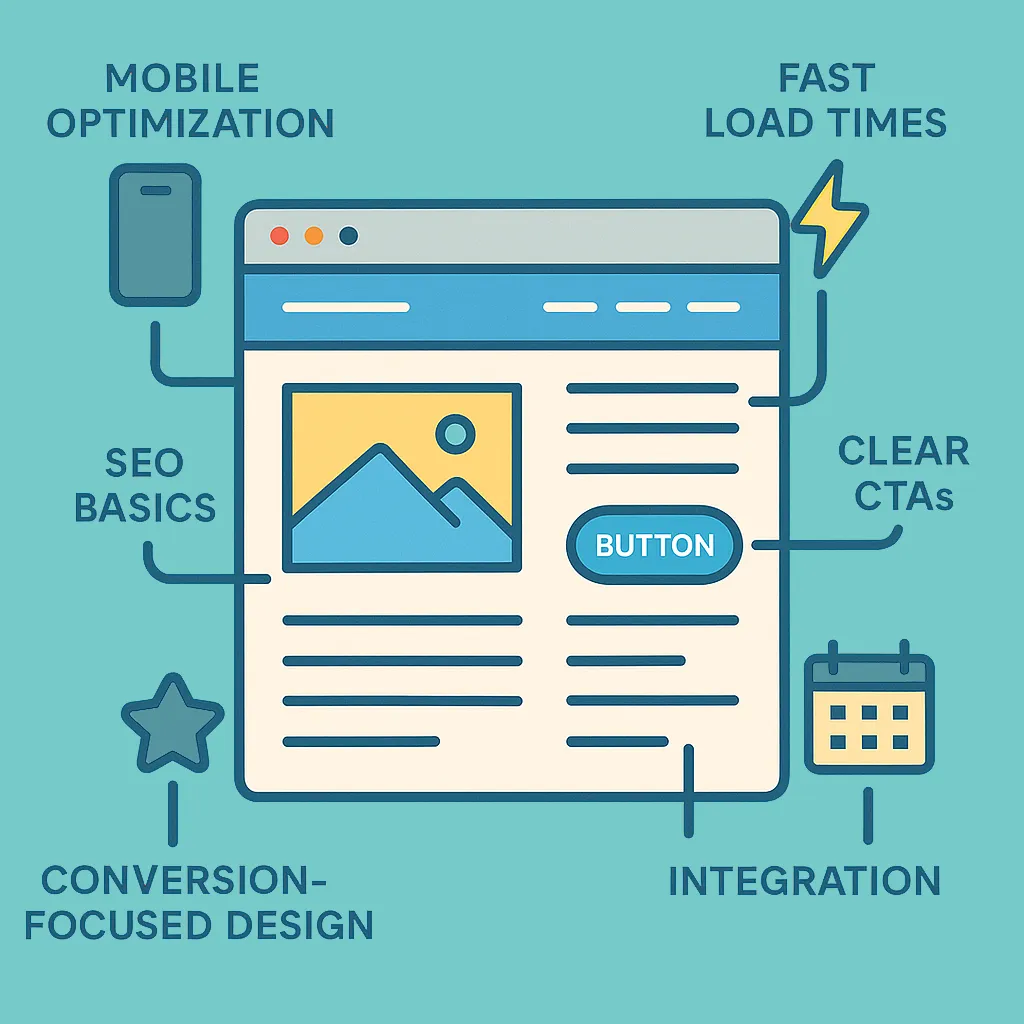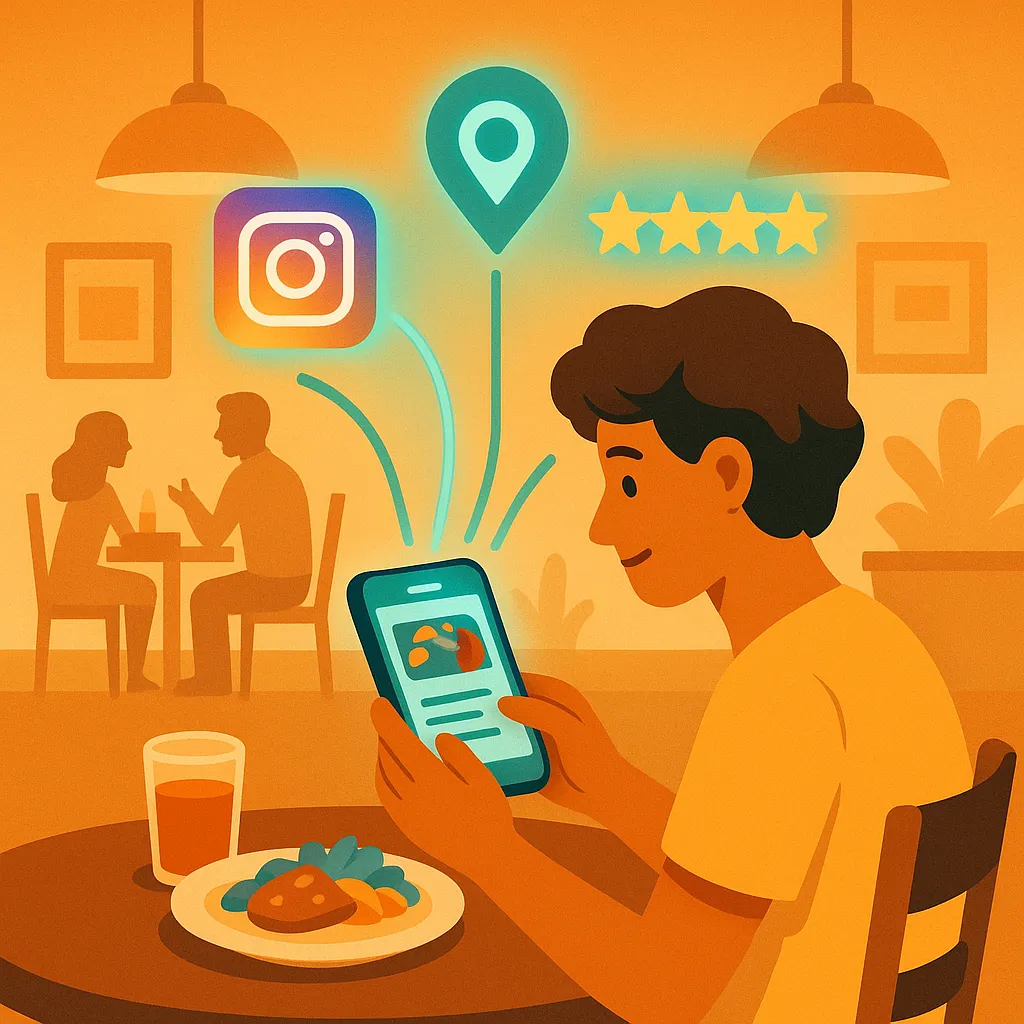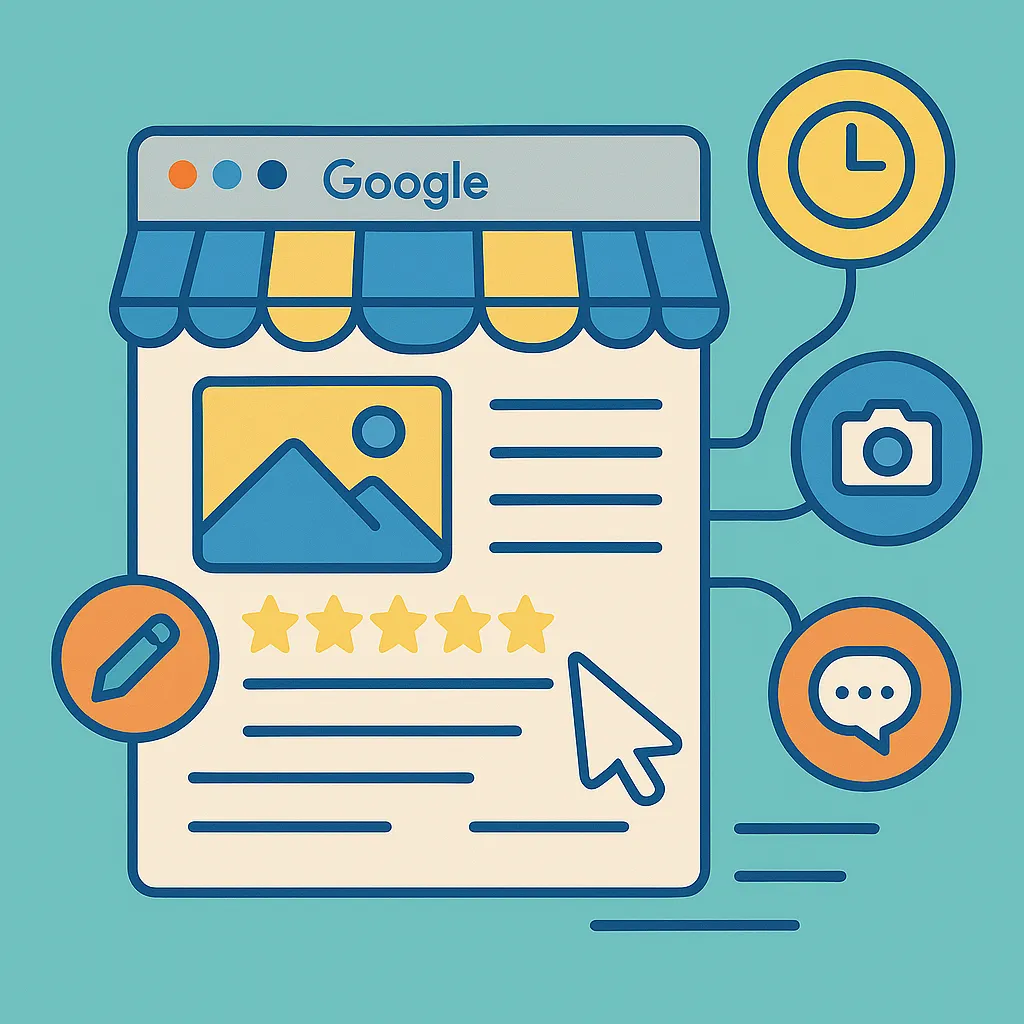Your website is no longer just a digital flyer — it’s your storefront, your spokesperson, and often your first (and only) chance to earn a customer’s trust. In 2025, expectations for local websites are higher than ever, and most consumers make a judgment in seconds.
For local businesses, especially those in tight-knit or competitive communities, a well-built website is one of the most effective tools you can invest in. But what does that actually mean today? It's not just about having something live on the internet — it's about what that website does.
Whether you're a boutique in Sebastopol, a plumber in Santa Rosa, or a tasting room in Healdsburg, here are six essential elements every local business website should include to stay competitive and customer-friendly in 2025.
Mobile Optimization
More than 70% of local search traffic now comes from mobile devices. That means your customer is likely finding your business while standing in line, walking downtown, or sitting on their couch — all from their phone.
A mobile-optimized website adapts fluidly to any screen size. This includes:
- Menus that collapse into a tap-friendly button
- Fonts that are legible on smaller screens
- Clickable phone numbers and map links
- Tap-sized buttons that don’t require zooming or precision clicking
If your mobile experience is frustrating, slow, or visually cluttered, many users won’t give you a second chance.
Fast Load Times
Site speed has a direct impact on bounce rate and conversions. Users expect sites to load in under 3 seconds — anything longer, and you risk losing half your traffic before your homepage even appears.
Fast-loading websites are more likely to rank well in search results, provide a better user experience, and keep potential customers engaged. Ways to improve speed include:
- Compressing images and enabling lazy loading
- Reducing the number of external scripts and fonts
- Using lightweight, modern platforms with built-in optimization
- Leveraging browser caching and content delivery networks (CDNs)
Speed isn't just a tech spec — it’s a user expectation.
Local SEO Essentials
Search Engine Optimization (SEO) helps ensure your business shows up when someone nearby is searching for what you offer. And local SEO is more targeted than ever.
If someone searches “best sushi near me” or “window repair in Petaluma,” you want to be on that map — literally and figuratively.
Strong local SEO starts with:
- Including city-specific keywords in your page titles, headings, and meta descriptions
- Creating and maintaining a consistent Google Business Profile
- Adding structured data (schema) to highlight your location, hours, and services
- Ensuring consistency across all local directories (Yelp, Apple Maps, etc.)
This visibility can be the difference between a new customer walking through your door or walking into your competitor’s.
Clear Calls-to-Action (CTAs)
Every page on your site should lead somewhere. It’s not enough to simply inform — you need to guide.
A well-crafted CTA directs the user to take meaningful action. That might be booking an appointment, calling your office, joining a mailing list, or placing an order. The best CTAs are:
- Visually distinct (use contrasting buttons or section breaks)
- Verb-driven and specific (“Get a Free Estimate”, “Schedule a Tour”)
- Placed multiple times throughout your pages — especially above the fold and near the footer
A beautiful website without a clear CTA is like a friendly clerk who forgets to ask for the sale.
Conversion-Focused Design
Design isn’t just about making your site look nice — it’s about encouraging visitors to take action. The best local business websites use design to reduce friction and build trust.
Elements of a conversion-friendly design include:
- Clean, modern layout with strong visual hierarchy
- Effective use of white space to avoid crowding
- Trust signals like testimonials, ratings, local affiliations, or awards
- Easy-to-navigate structure, especially on mobile
In short: your site should guide visitors toward action without making them think too hard.
Smart Integrations
A modern website should do more than inform — it should work for you.
Today’s best websites integrate directly with the tools your business is already using to streamline operations and improve the customer experience. Examples include:
- Online booking or reservations (Calendly, Square Appointments, OpenTable)
- E-commerce tools for selling gift cards, merchandise, or services
- Newsletter signups that feed into your email marketing platform
- Contact forms connected to your CRM or inbox
- Real-time chat or SMS support options
These integrations can save your team time, automate repetitive tasks, and give your customers the kind of seamless experience they’ve come to expect.
Final Thoughts
As customer expectations evolve, so should your website. In 2025, a local business website isn’t just a nice-to-have — it’s a critical part of how people discover, evaluate, and interact with you.
A great local website doesn’t need to be flashy or complex. It just needs to be purposeful: designed to support your goals and deliver value to your customers.





